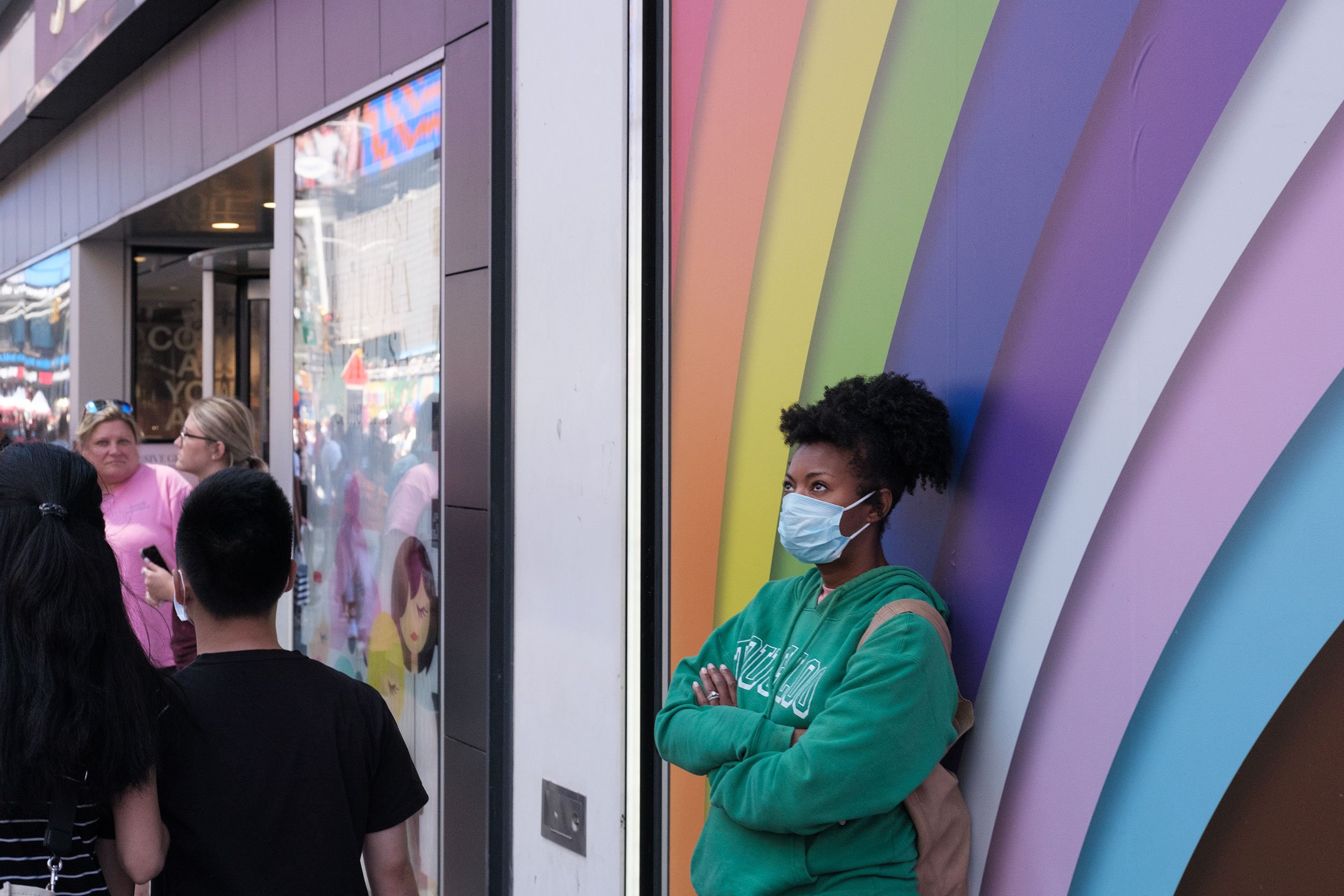Why Limitations Can Be Good for Your Street Photography
Street photography can be challenging. When street photographers venture out with a camera in hand, they have to accept that they will miss some shots, and they also have to prepare to take photos even when unsure of what might happen. As photographers, we have many gear/options to choose from, and part of what makes a photographer good at what they do is the knowledge they have of the gear they use. Regardless of genre, common photography advice is to know your camera inside and out. For the spontaneous nature of street photography, it’s essential to know the most common features and settings and how to change them quickly.
With the choice of gear being a consideration for many photographers, it may seem best to bring various lenses and perhaps a second camera. Sometimes, this will be the best decision, depending on the subject and who they are shooting for. But in some cases, limiting your options can be beneficial as it can allow you to focus on the moment and on getting the shot. Let’s take a look at two limitations and how they can help.
Times Square, New York - 35mm
1. Using a Prime Lens Only
Mastering your camera takes time, and it takes practice. It may even take some custom configuration to get the camera functioning how you want. This can include reassigning your commonly used features to custom buttons or turning off features you rarely use. This also applies to the lens you choose and, for this example, a prime lens.
With a prime lens, you have a fixed range and cannot get closer to your subject unless you physically move toward it. Using a prime lens may seem like a significant limitation; you eliminate any focal length that could benefit your composition. But this limitation has an advantage as you need to learn to get comfortable getting closer and composing within that fixed focal length, as there is no option to get closer without physically moving forward. This limitation can increase your level of comfort and, as a result, produce better images. This is a big reason street photographers prefer prime lenses, with the 35mm probably being the most common lens used. Also, a lens like the 35mm is compact, which gives you another advantage in street photography - blending in. A big lens draws attention, and attention is not what you want in street photography.
In addition, when you cannot physically get closer, a prime lens forces you to learn to compose within your focal length, which can result in images that are wider than you would consider, creating images different from what you would expect from your normal work.
2. Shooting JPEG (Fujifilm in Particular)
Regarding file types, both RAW and JPEGS have advantages and disadvantages that you need to consider. JPEGS are quicker, smaller, processed, and are already in a format that can be shared online. In Fujifilm JPEGS's case, you can create unique looks in camera with recipes and film simulations. The advantage of shooting JPEGS with film simulations is that you can produce results that can be difficult or time-consuming to replicate with a RAW photo during post-processing. In addition, JPEG recipes and film simulations can produce results you may not have thought of when shooting the RAW file. The results can give you unique opportunities by capturing images that differ from how you would commonly handle an image in post-processing.
Grand Central Terminal - 35mm
File Types
JPEG and RAW formats are the two most common types of camera file storage formats; each has advantages and disadvantages.
RAW Photos
A RAW file is a lossless file that will provide pure, uncompressed data from your camera. A RAW file gives you all the information captured by the camera and will provide you with the most flexibility when you edit your photo. However, this comes at a price, as RAW files are much larger than the equivalent JPEG photo of the same dimensions. With some cameras featuring very high megapixels, storage and memory become necessary when working with large RAW files. When using RAW files, a major benefit is that you are not limited to what you can do with the file. You can edit your photo to create anything you want without degrading the image. You have more creative freedom with a RAW file.
JPEG Photos
On the other hand, a JPEG file will be compressed, making the file much smaller, but embed information, such as colour correction, contrast, etc., into your file. Although you can still edit a photo with post-processing software, it is significantly limited compared to a RAW. A lot of the data you would have in a RAW file is simply non-existent in the comparative JPEG, contributing to the much smaller file size. In addition, smaller file sizes require less processing power, making them technically quicker to work with. A substantial benefit of shooting JPEGs is the time saved, as your results are instant. However, if the results are not what you want, it is more difficult to correct as the file does not have the flexibility of a RAW file, as a RAW has more information to work with.
New York - 35mm
Conclusion
A prime lens means you cannot zoom in or change your focal length, forcing you to be closer to the action. Using a prime lens for your street photography can be challenging but beneficial. Limiting your gear or how you shoot can also be a potent tool, and sometimes, it can be helpful to shoot JPEG, limiting your editing options and focusing on the shot.


